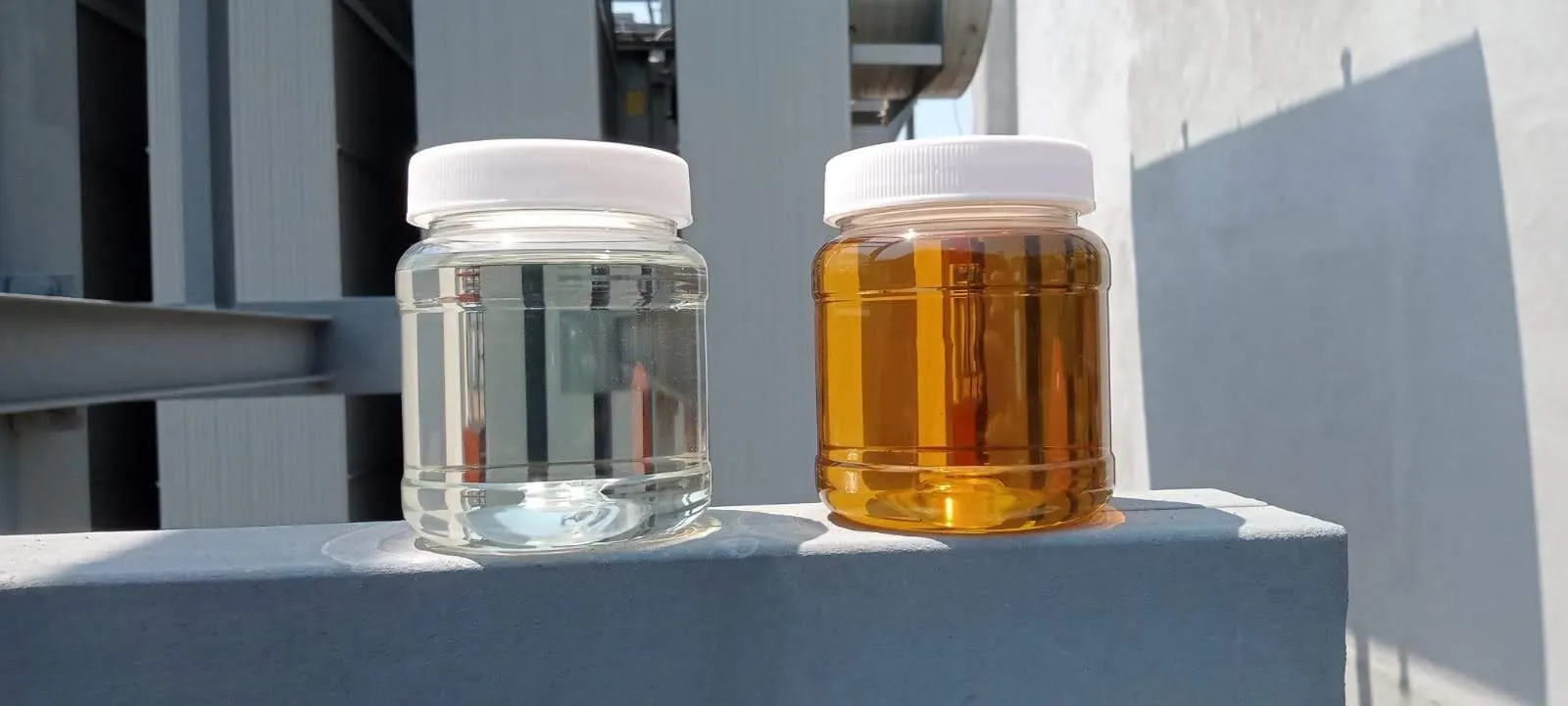 English
English


hipot test standard
Understanding the Hipot Test Standard
The Hipot test, short for high potential test, is a crucial safety assessment method used to evaluate the electrical insulation of devices and equipment. This procedure is essential in ensuring that products meet safety standards and regulations, protecting both the equipment and end users from electrical failures or hazards. The Hipot test applies a high voltage to the equipment under test (EUT) to identify possible weaknesses in the insulation system.
Understanding the Hipot Test Standard
The Hipot test is commonly governed by various international standards, including IEC 60950 and UL 60950, which lay out specific guidelines regarding the testing methods, acceptable voltage levels, and test durations. Typically, the test involves the application of a predetermined voltage for a specified duration, which can range from a few seconds to several minutes, depending on the standard being followed and the specific application of the device.
hipot test standard

There are two primary types of Hipot tests Dielectric Strength Tests and Insulation Resistance Tests. Dielectric strength tests focus on applying high voltage to measure the insulation's ability to resist breakdown, while insulation resistance tests measure the resistance of the insulation material to leakage current. Both tests are vital for ensuring the safety and reliability of electrical equipment.
The Hipot test process begins with connecting the EUT to the Hipot tester, which then applies the high voltage across the insulation barrier while monitoring any leakage current. If the leakage current exceeds a predetermined limit, this indicates a potential insulation failure, prompting further investigation into the product's design and materials used.
It's important to note that while Hipot testing is a critical part of the product safety process, it should not be viewed in isolation. It is typically complemented by other testing methods, such as functional testing and environmental stress tests, to provide a comprehensive understanding of a device's safety and performance characteristics.
In conclusion, the Hipot test standard plays an essential role in the manufacturing and safety assurance of electrical devices. By adhering to established testing protocols, manufacturers can mitigate the risks associated with electrical malfunctions and ensure that their products are safe for consumers. The implementation of rigorous testing standards not only fosters consumer trust but also aligns with regulatory requirements in various markets, thereby safeguarding both public safety and brand reputation. As technology evolves and consumers demand more sophisticated electronic devices, the importance of adhering to stringent Hipot test standards will continue to grow, underscoring the commitment of manufacturers to quality and safety in their products.
-
Differences between open cup flash point tester and closed cup flash point testerNewsOct.31,2024
-
The Reliable Load Tap ChangerNewsOct.23,2024
-
The Essential Guide to Hipot TestersNewsOct.23,2024
-
The Digital Insulation TesterNewsOct.23,2024
-
The Best Earth Loop Impedance Tester for SaleNewsOct.23,2024
-
Tan Delta Tester--The Essential Tool for Electrical Insulation TestingNewsOct.23,2024





